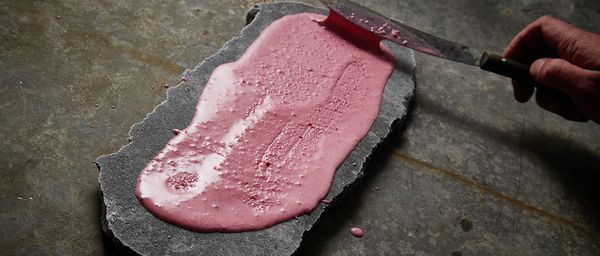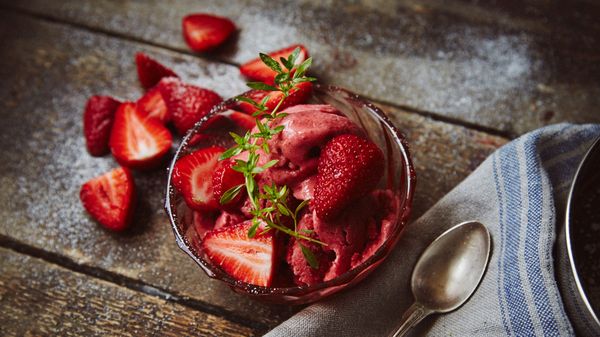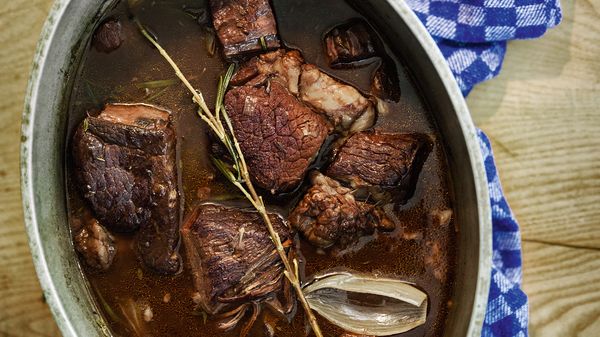
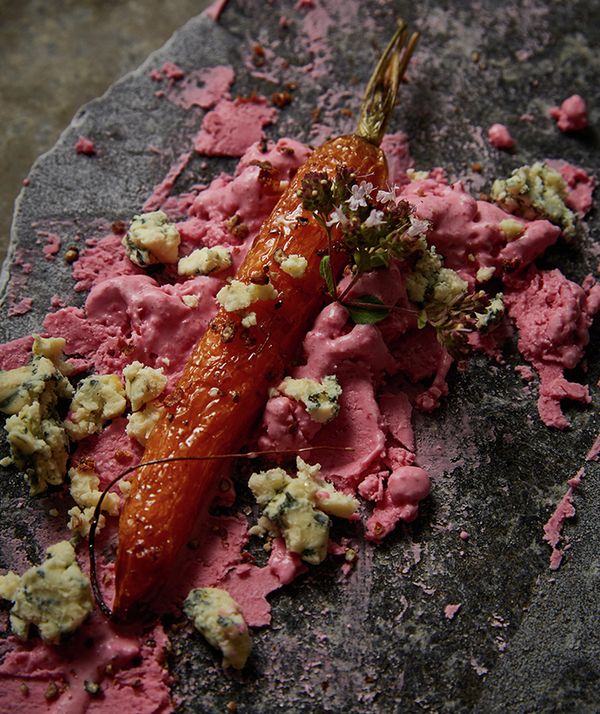
How it's done
In the form of baking or cooking stones
- They are well known – granite, basalt and marble are excellent energy absorbers. They store high temperatures and quickly transfer it to the food. Not quite as well known is the fact that these types of stone are great for storing the cold, and were even served as archaic cool boxes centuries ago. Today, this effect is harnessed, for example, to cool drinks. There’s no need to dilute a good Scotch whisky with ice cubes if you drink it “on the rocks” instead – with granite cooling stones.
In the restaurant trade, the natural material’s frosty qualities are primarily used for dramatic effect when serving desserts. A pre-frozen granite slab is great for preparing and serving ice-cream creations.
Step 1
Put the clean slab in the freezer compartment for several days. Prepare the ice-cream mixture using milk, cream, egg yolk and sugar. Refine the basic recipe with aromatic ingredients such as vanilla pulp, berries, nuts or vegetables (e.g. beetroot ice cream with caramelised carrots). Cool the ice mixture in the fridge. Stirring regularly keeps the mixture smooth until serving.
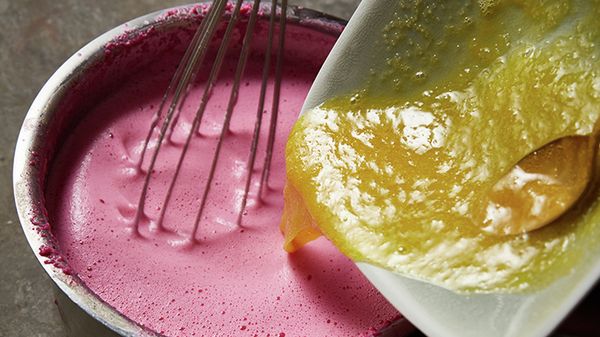
Step 2
Prepare the side dishes for the ice. Take the granite slab out of the freezer and thinly coat the smooth surface of the granite slab with the mixture. As soon as the mixture thickens due to the low temperature, take a spatula that has been washed in cold water or a flat spoon and scrape off wafer-thin ice-cream shavings into small piles. Arrange the ice cream and sides on pre-cooled plates, and serve immediately.
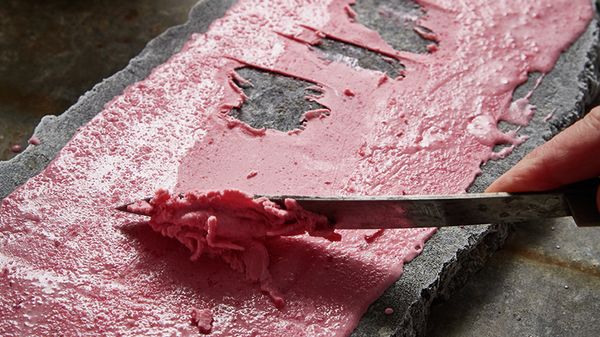

Chef tipp from NEFF
Pureed beetroot gives the basic ice-cream mixture its raspberry-red colour. To ensure a firm consistency, egg yolk is beaten until frothy and stirred into the mixture with sugar. A delicious side: caramelised carrots.
